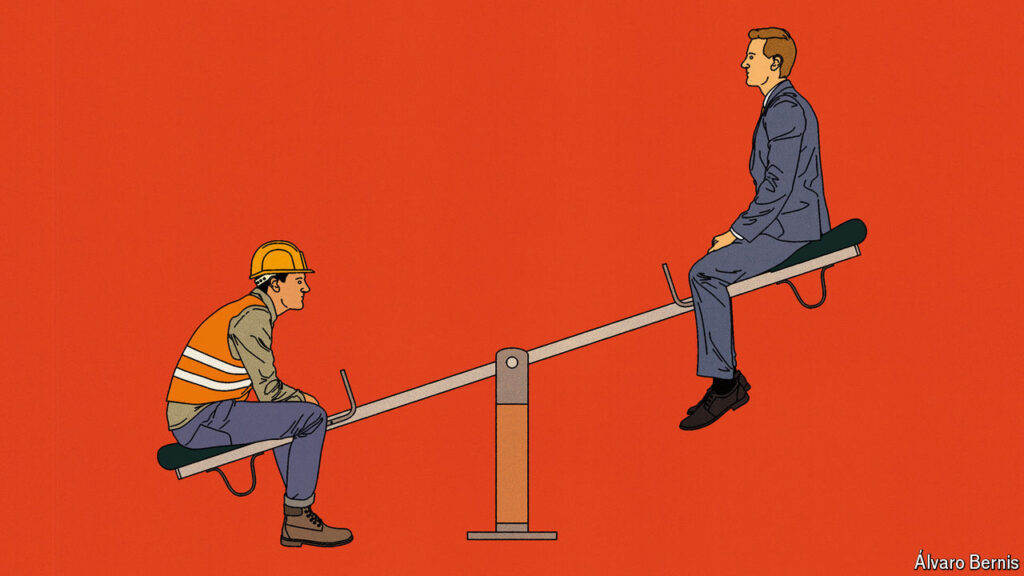E.P. Thompson’s interpretation of 18th-century food riots in England as resistance to capitalism through the concept of a “moral economy” challenged traditional historical views of these events. Instead of seeing the rioters as simply hungry peasants, Thompson argued that they were motivated by a belief that merchants and producers were violating traditional customs of fair treatment and pricing. This moral economy, based on paternalistic ideals of limiting profits and sharing resources, was being replaced by a more market-driven approach that prioritized supply and demand over fairness.
In the United States, there is growing frustration over rising prices and inflation, particularly among swing voters who may play a crucial role in President Joe Biden’s re-election campaign. Despite debates among economists about the causes of inflation, many on the left see the current economic situation as a success, with a tight labor market and rising wages. They attribute inflation to the Biden administration’s policies of fiscal stimulus and industrial interventions, viewing it as a temporary and manageable issue rather than a major crisis.
The tension between perceptions of inflation as a sign of economic success or failure reflects broader debates about the role of government intervention in the economy and the balance between market forces and moral considerations. Thompson’s concept of a moral economy highlights the ways in which historical attitudes towards fairness and justice shape economic behavior and responses to crises. By recognizing the complex motivations behind economic protests and resistance movements, historians can provide a more nuanced understanding of how societies navigate issues of inequality, scarcity, and power.
As Americans grapple with the challenges of rising prices and inflation, the debate over the causes and consequences of these economic trends continues. While some see inflation as a temporary by-product of government policies aimed at boosting the economy, others view it as a symptom of deeper structural issues. The complex interplay between moral considerations, market dynamics, and government actions shapes the way individuals and societies respond to economic challenges, highlighting the importance of historical perspectives in understanding current events.
In conclusion, E.P. Thompson’s concept of a moral economy offers valuable insights into the ways in which economic behavior is shaped by social norms, values, and historical experiences. As Americans face increasing economic pressures, including rising prices and inflation, understanding the historical roots of economic protests and resistance movements can provide a deeper appreciation of the complex factors at play. By examining the interplay between market forces, government policies, and moral considerations, historians can shed light on the ways in which societies navigate economic crises and advocate for more equitable and sustainable economic systems.












